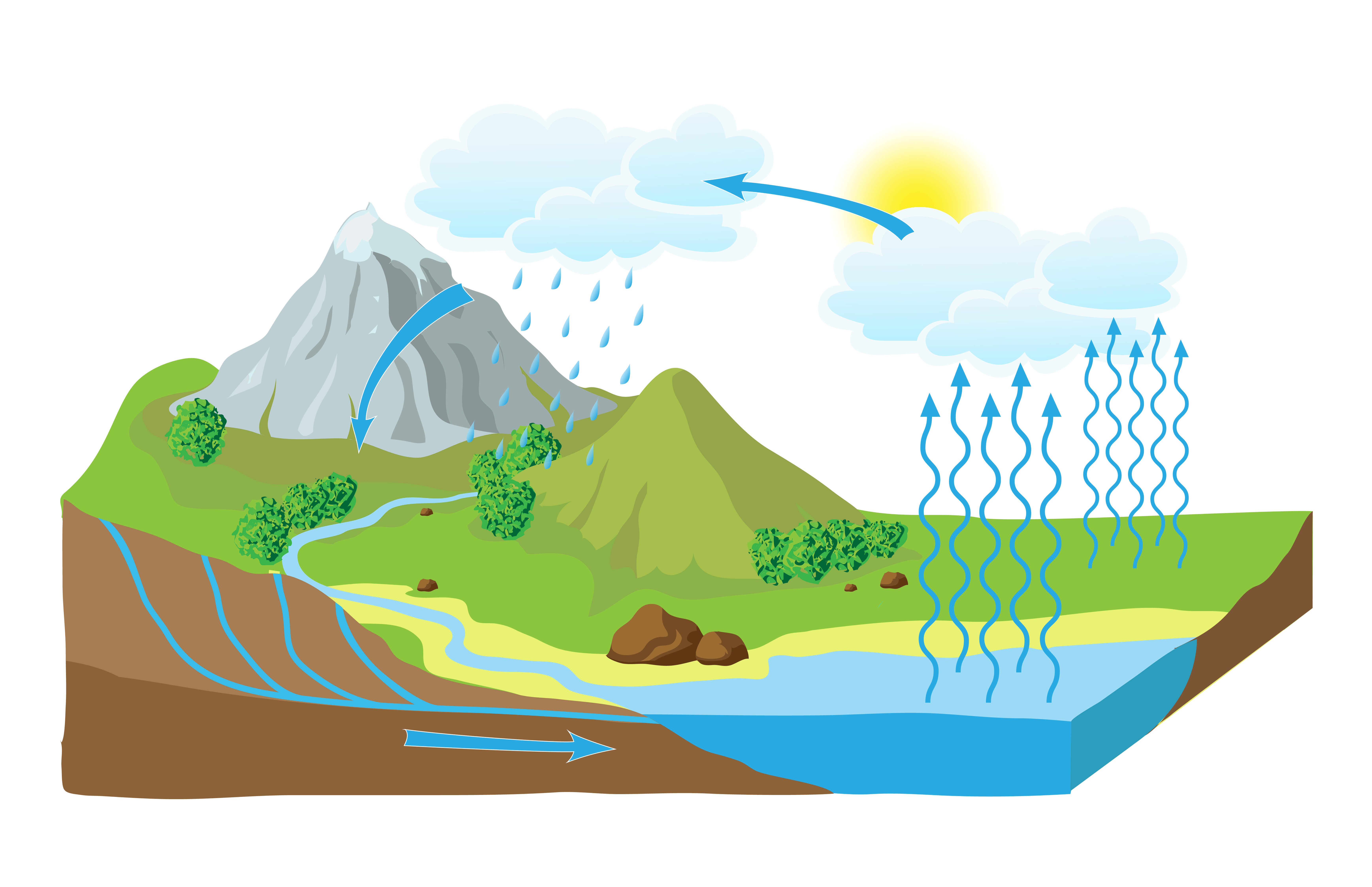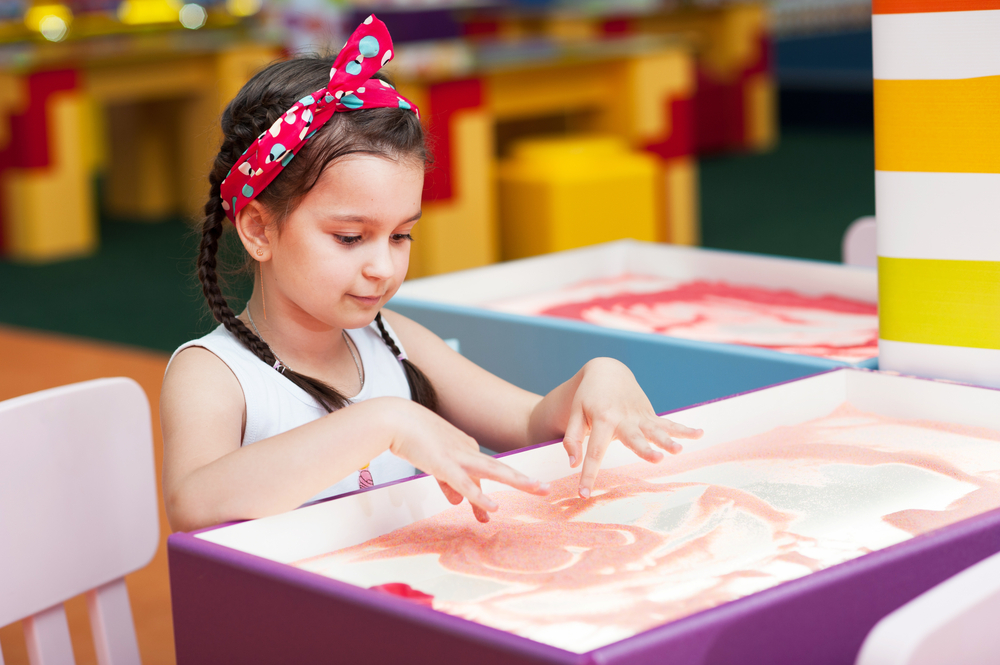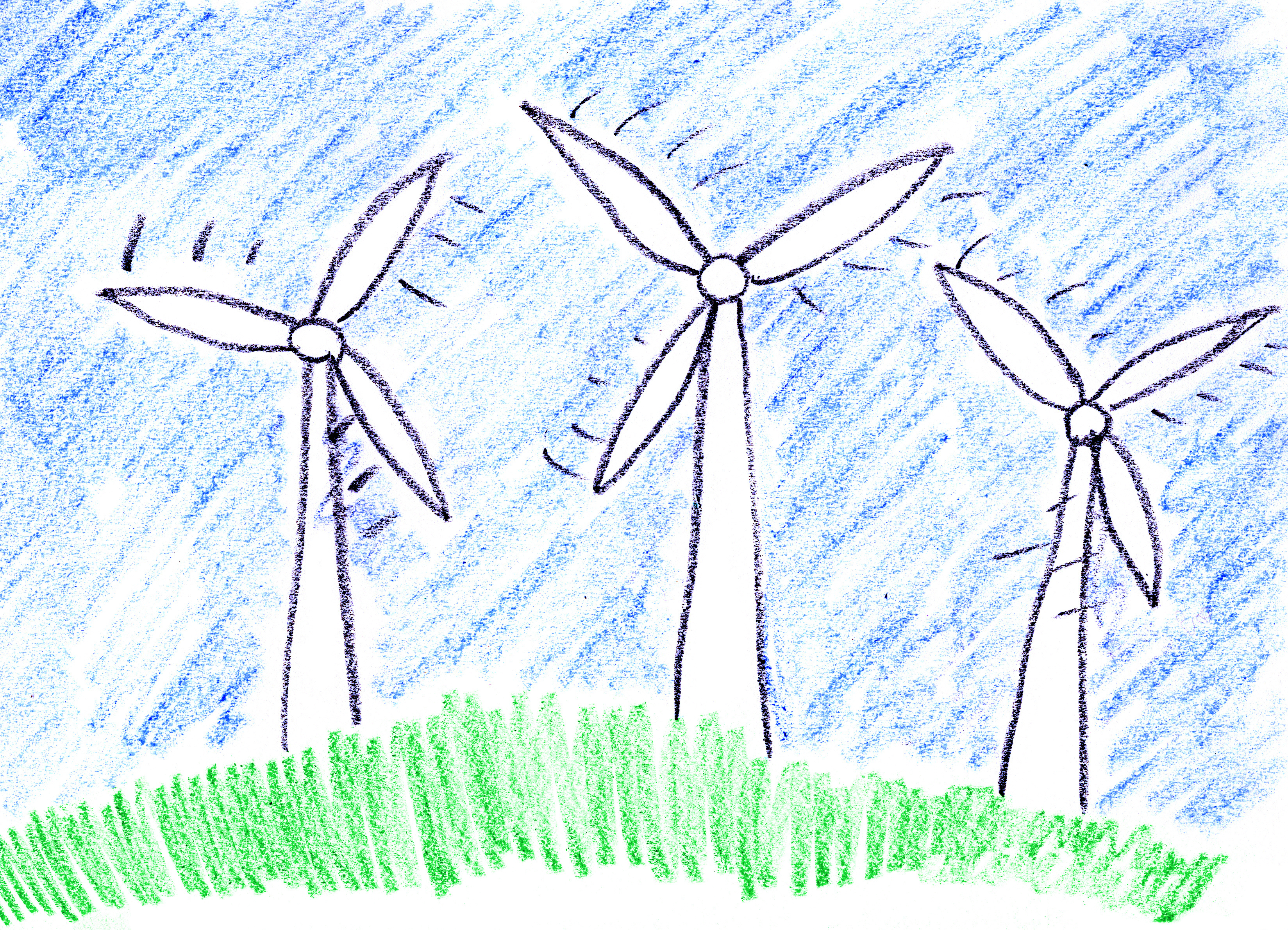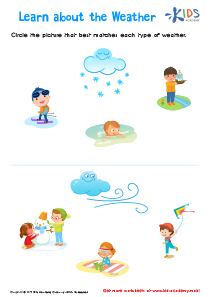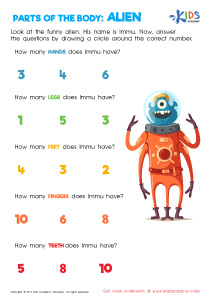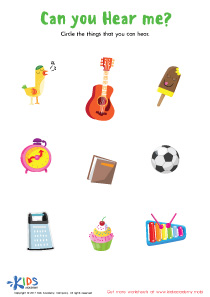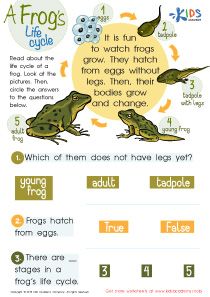Physical Science Worksheets for Ages 4-6
50 filtered results
-
From - To
Unleash the joy of discovery with our Physical Science worksheets tailored specifically for Ages 4-6! Crafted to spark curiosity and ignite a passion for learning, these worksheets delve into the fascinating world of Physical Science in a way that’s perfectly suited for young, inquisitive minds. From exploring the basic principles of matter to understanding the forces that shape our world, each activity is designed to be engaging and educational. With a blend of fun experiments, colorful illustrations, and easy-to-follow instructions, our Physical Science worksheets for Ages 4-6 are the perfect tool to introduce your child to the wonders of science in a hands-on, interactive way. Get ready for a learning adventure where every page turns into a discovery!
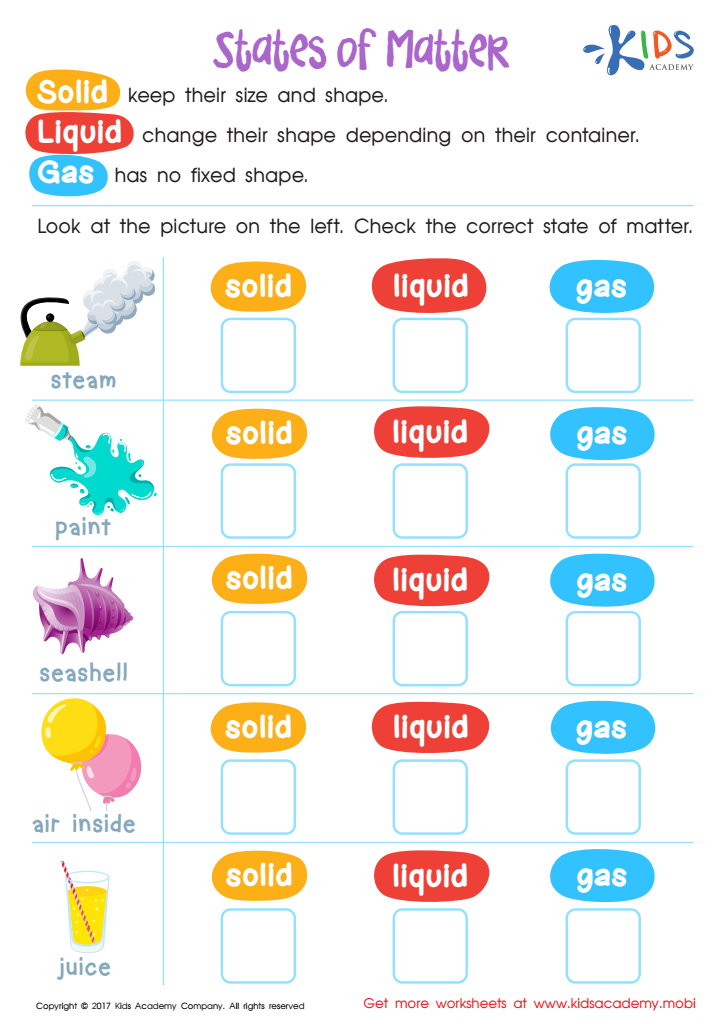

Physical Science: States of Matter Worksheet
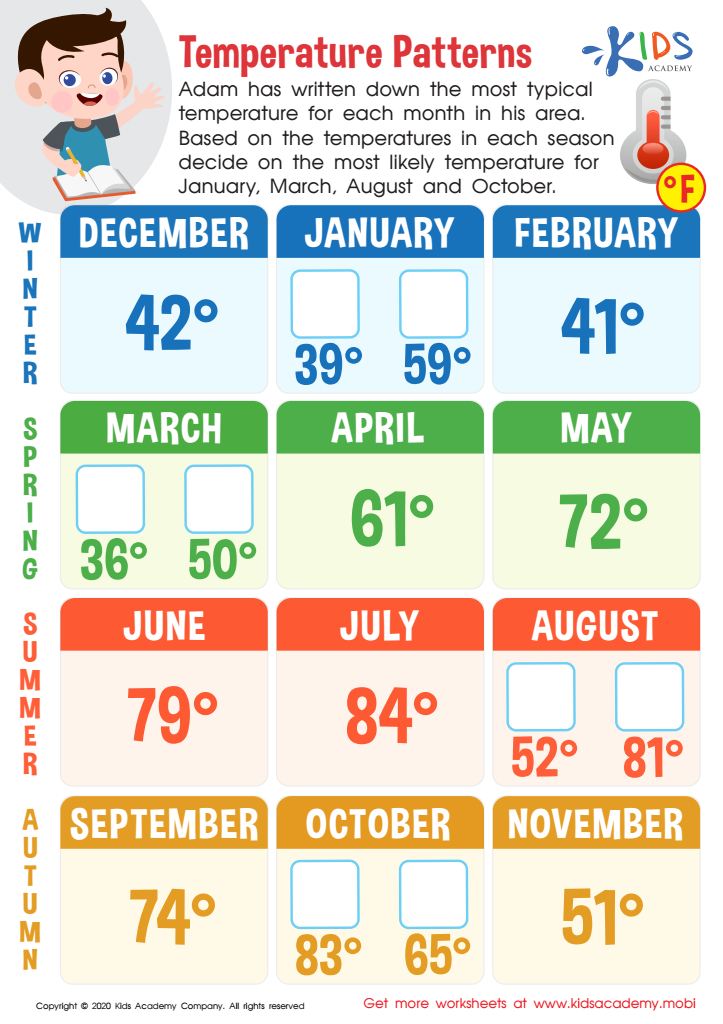

Temperature Patterns Worksheet
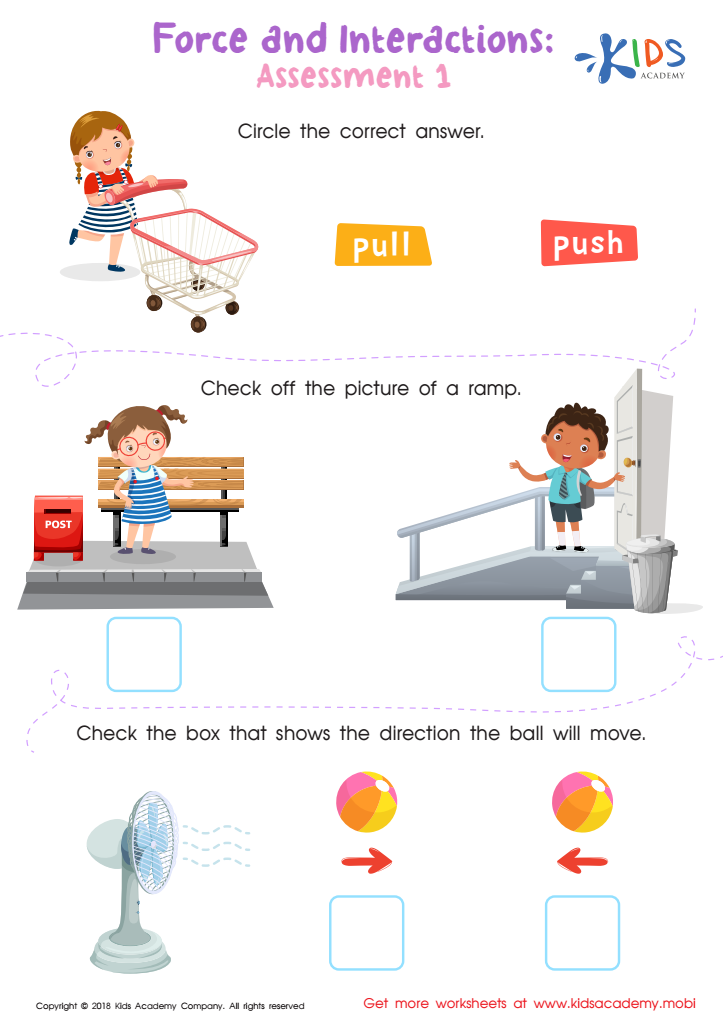

Force and Interactions: Assessment 1 Worksheet
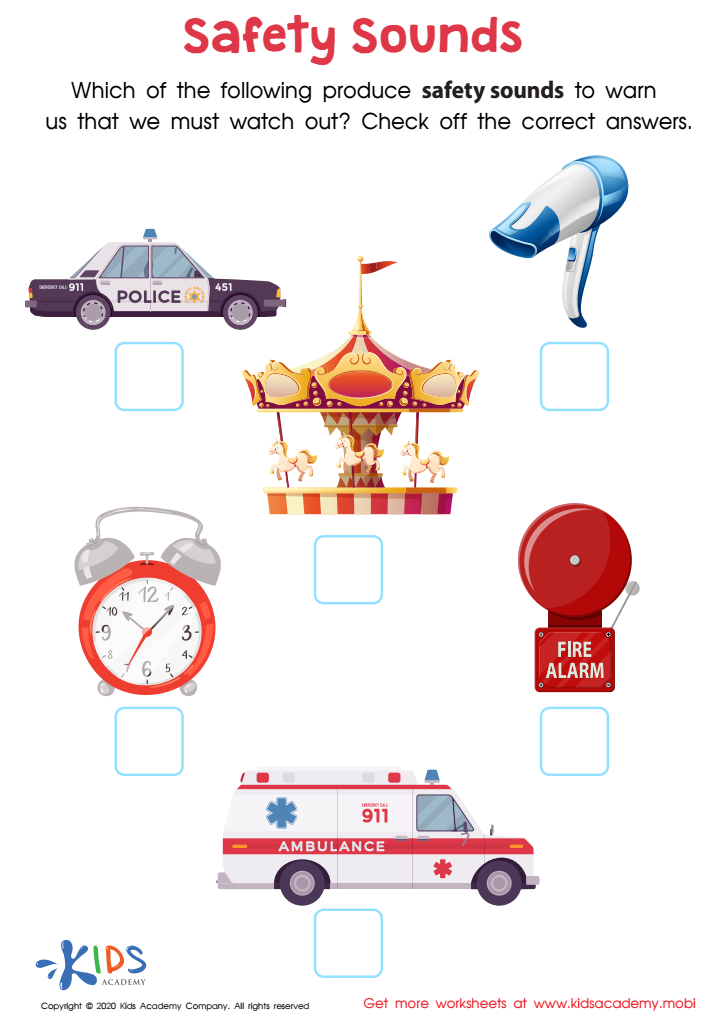

Safety Sounds Worksheet
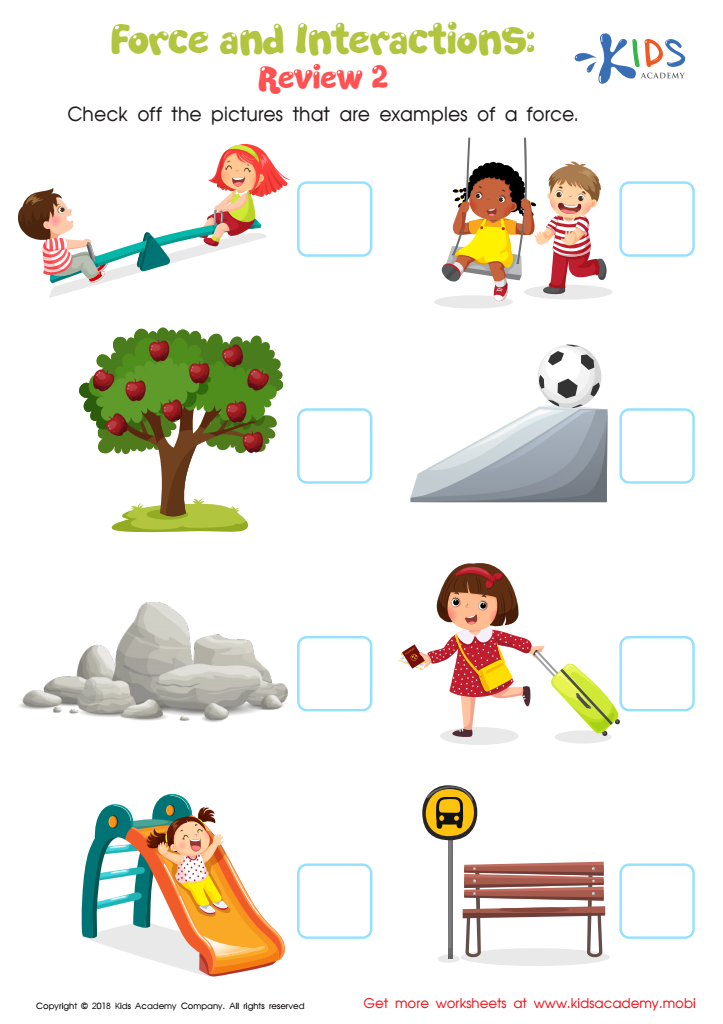

Force and Interactions: Review 2 Worksheet
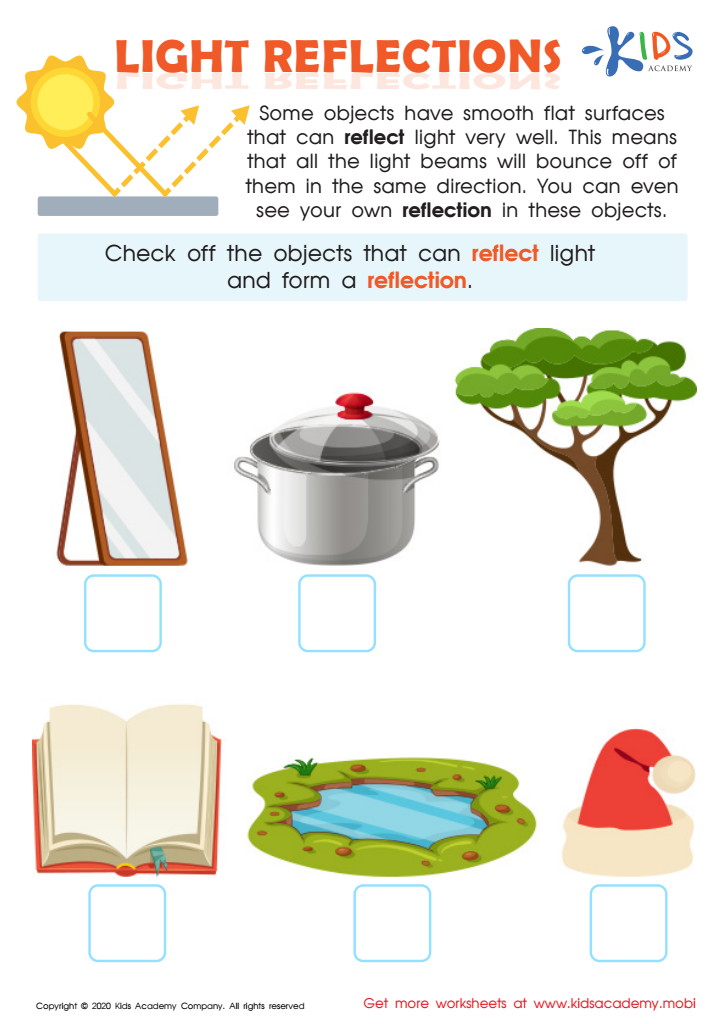

Light Reflections Worksheet
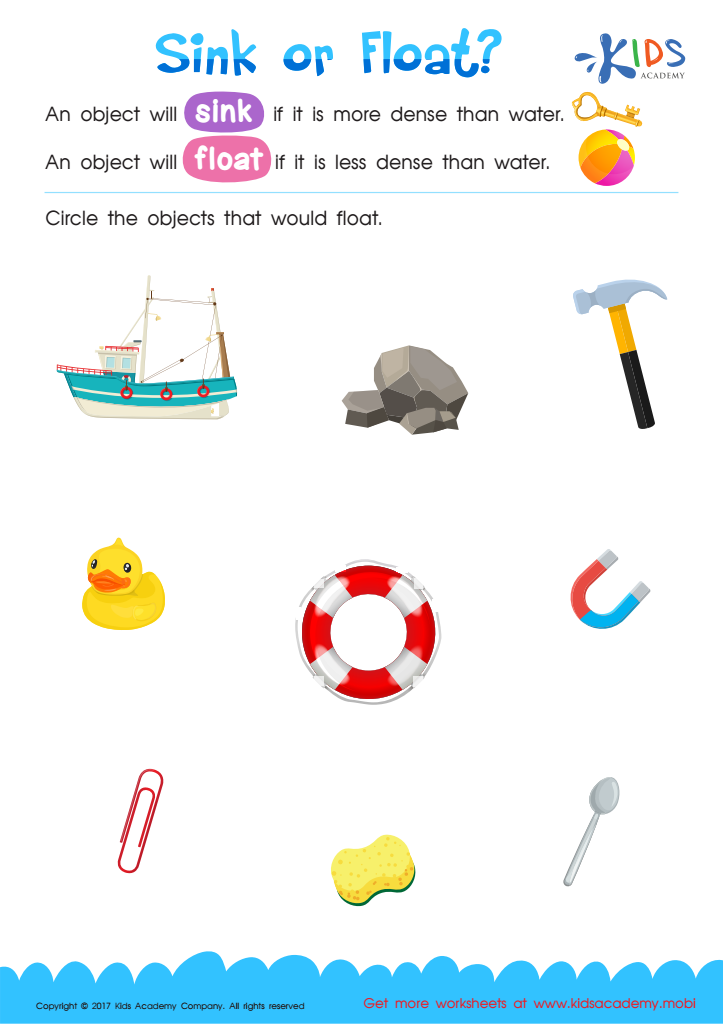

Sink or Float Printable


Going up or Down? Worksheet
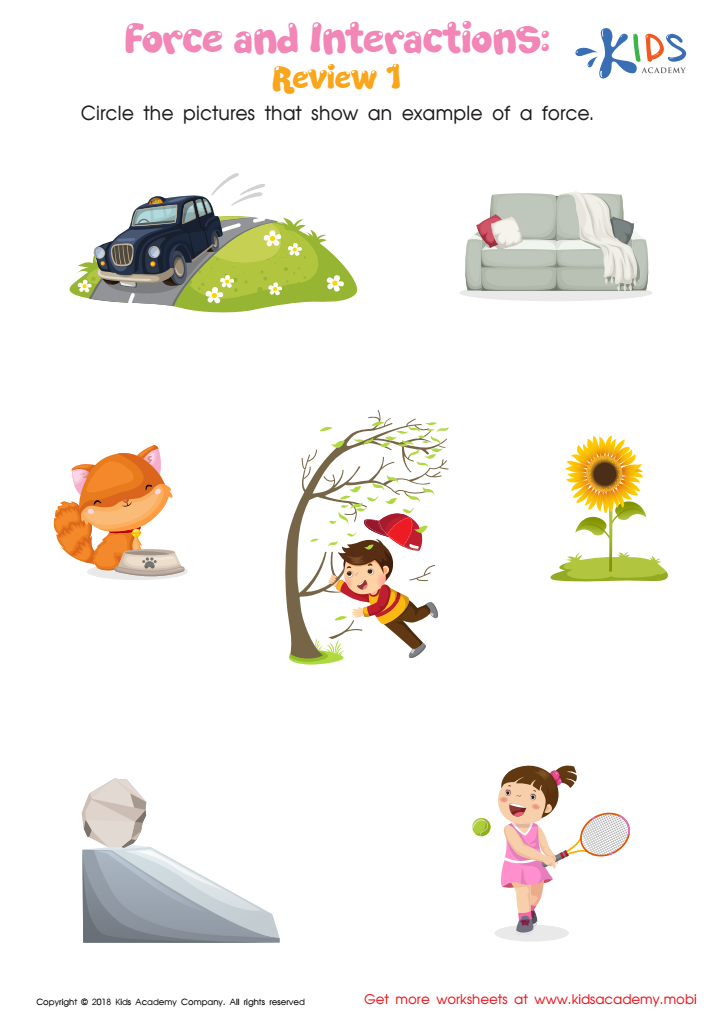

Force and Interactions: Review 1 Worksheet
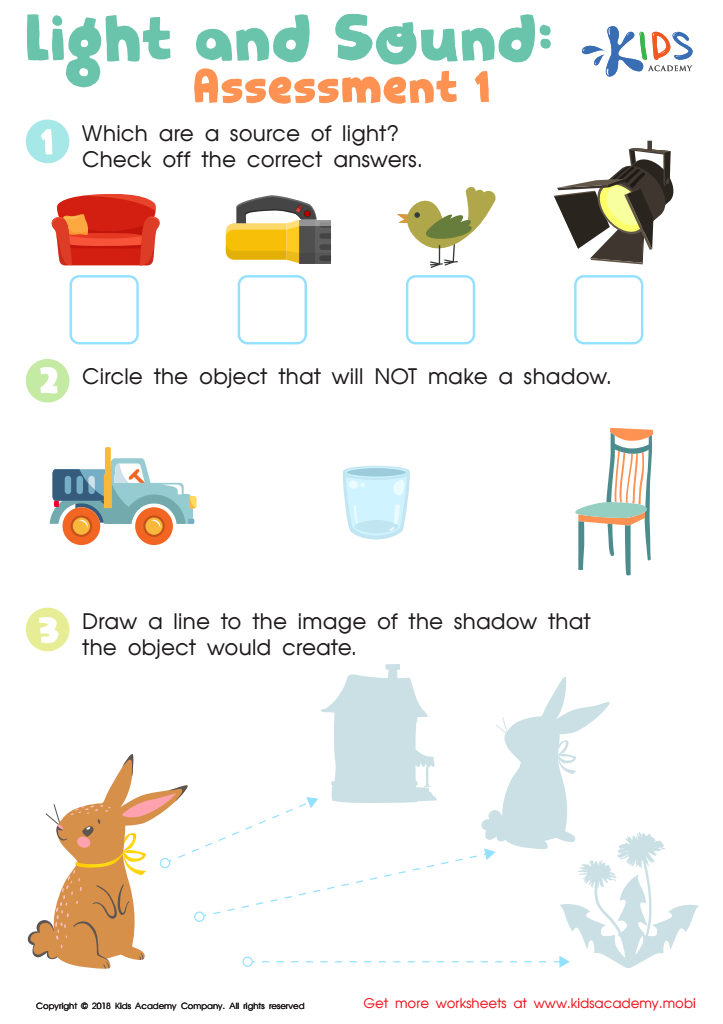

Light and Sound: Assessment 1 Worksheet
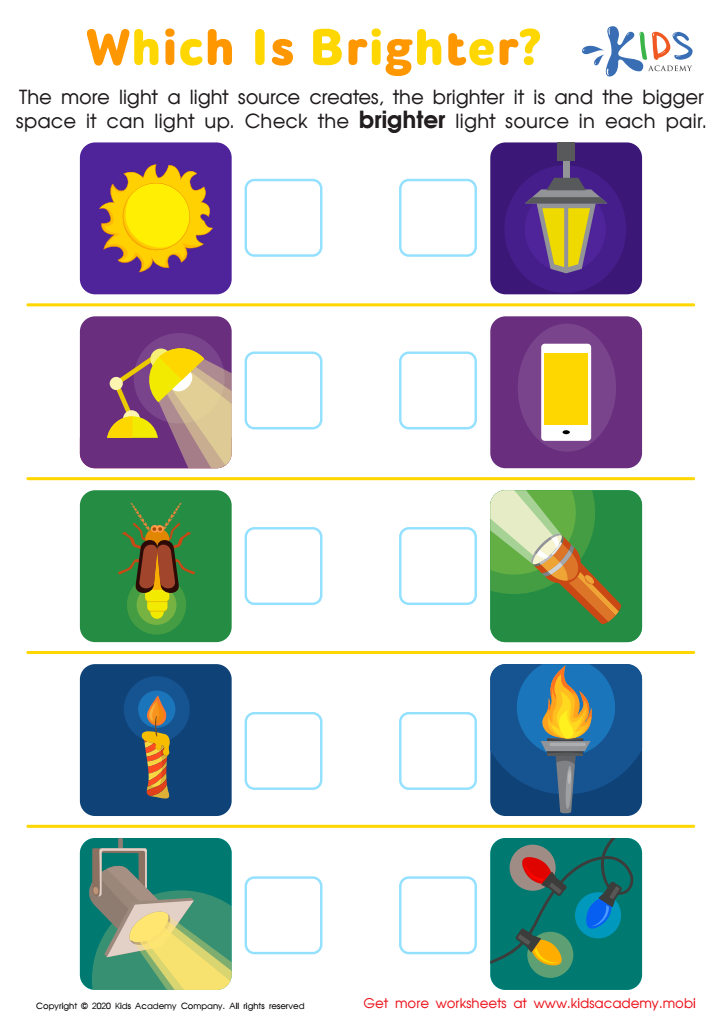

Which Is Brighter? Worksheet
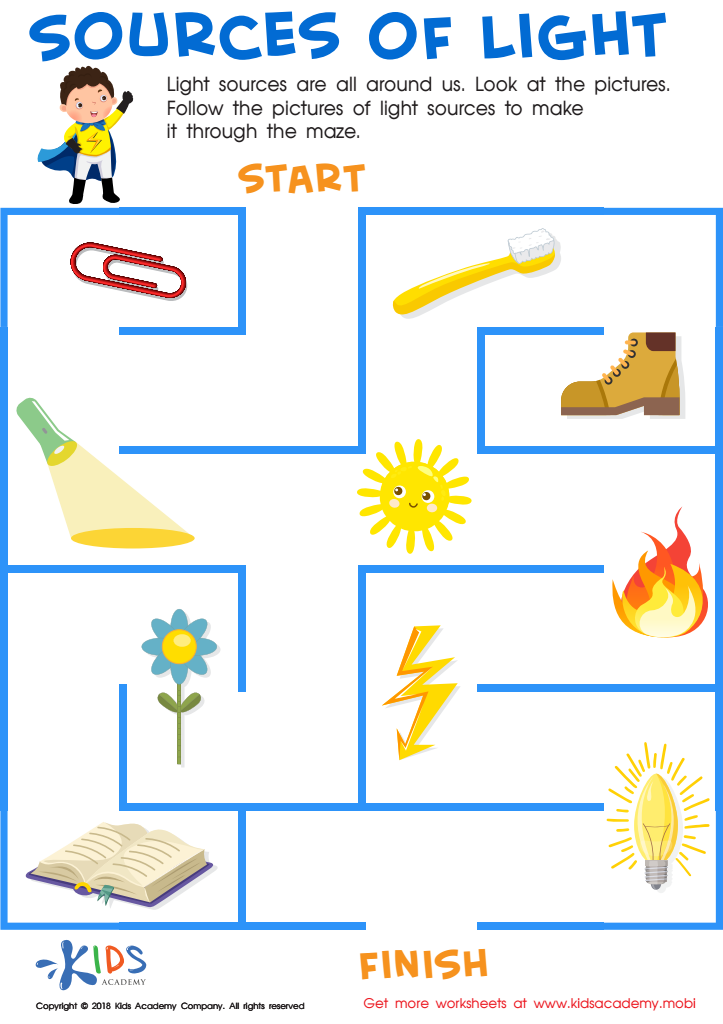

Sources of Light Worksheet
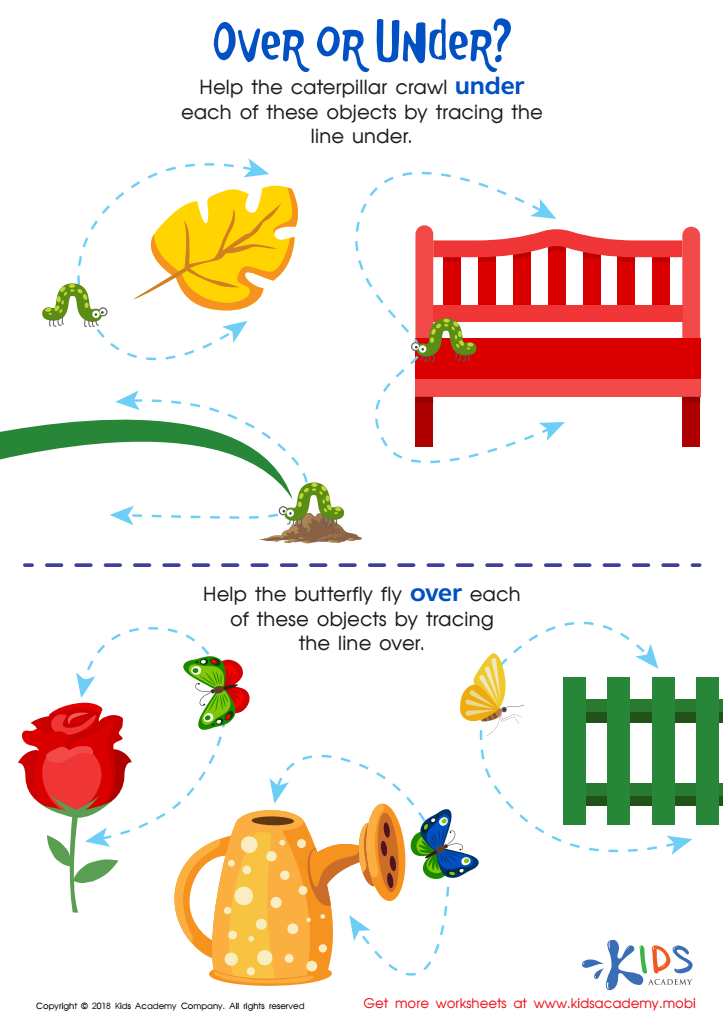

Over or Under? Worksheet


Will It Make a Shadow? Worksheet
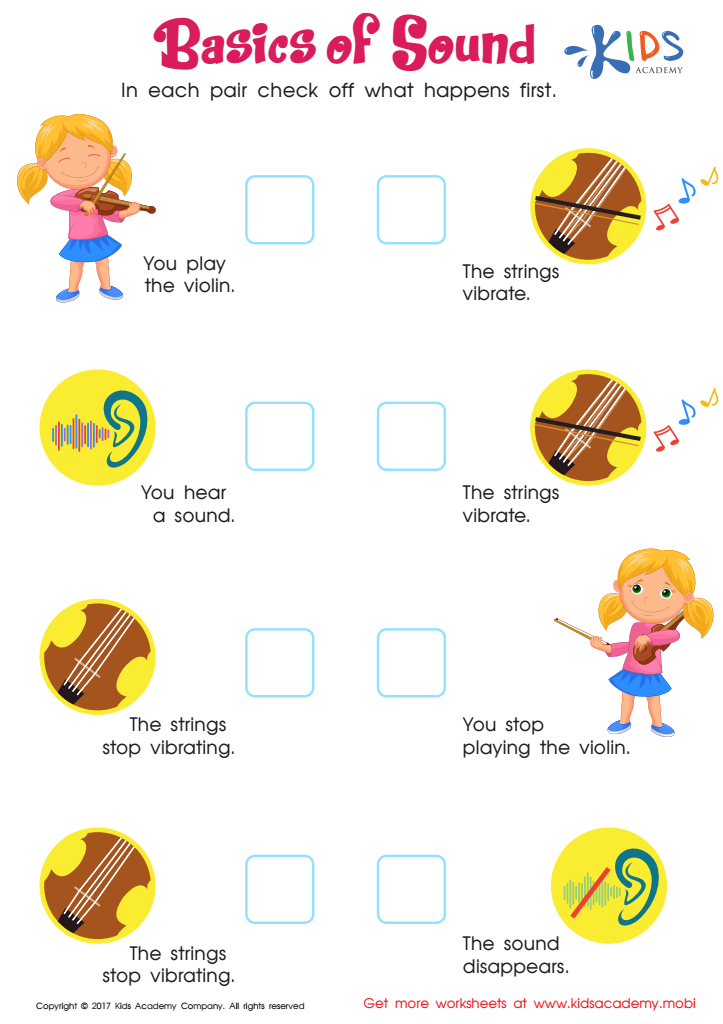

Basics Of Sound Worksheet
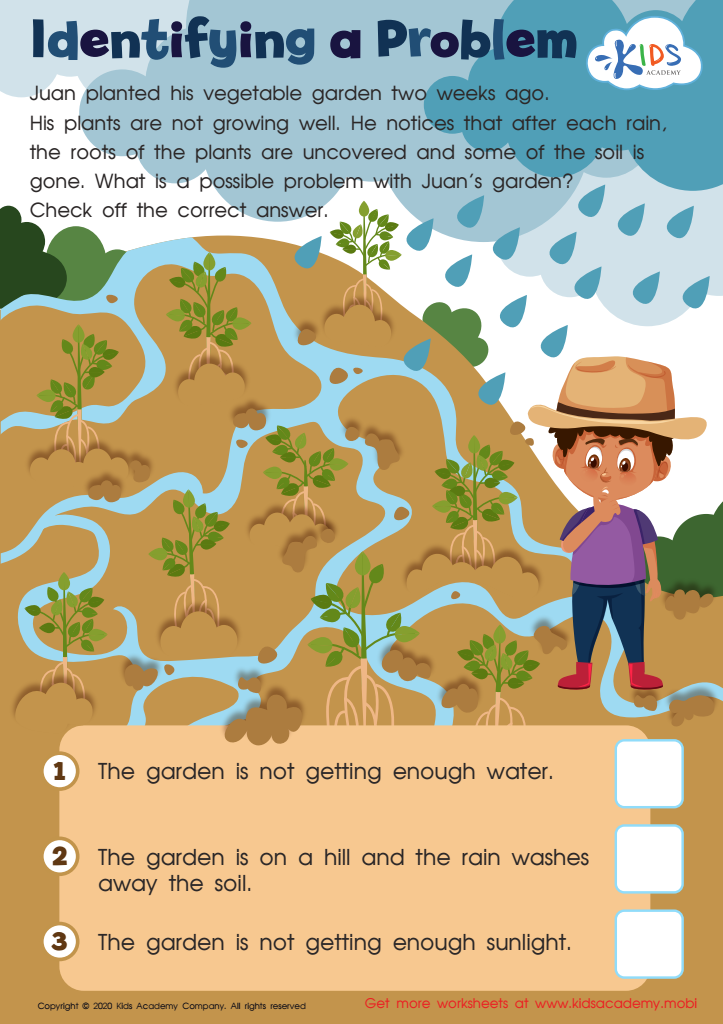

Identifying a Problem Worksheet
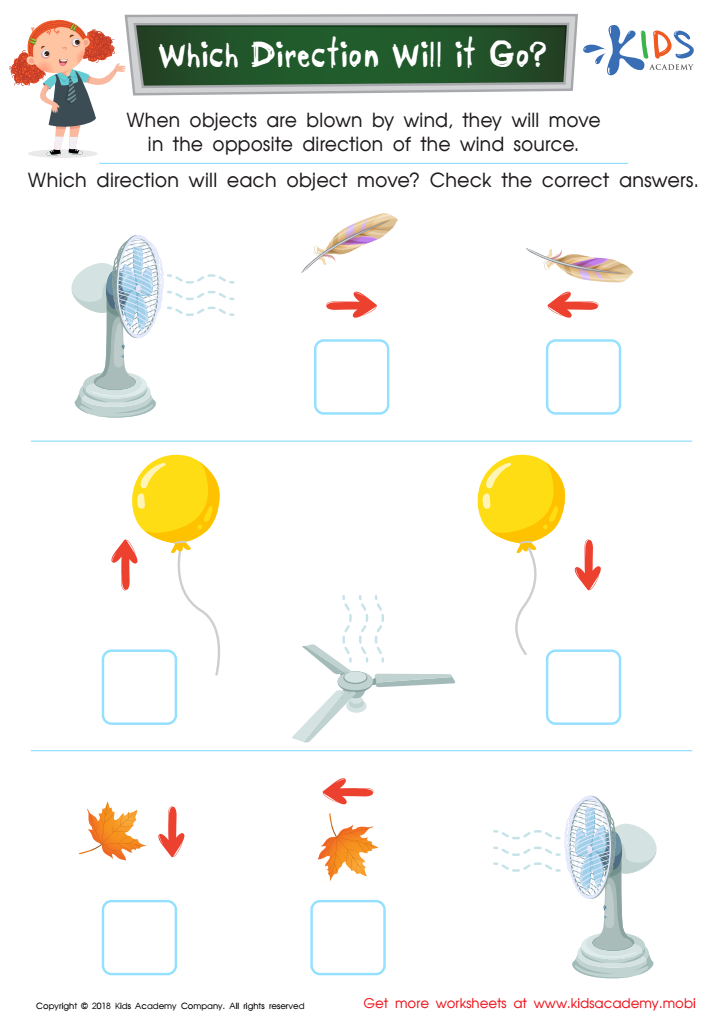

Which Direction Will it Go? Worksheet
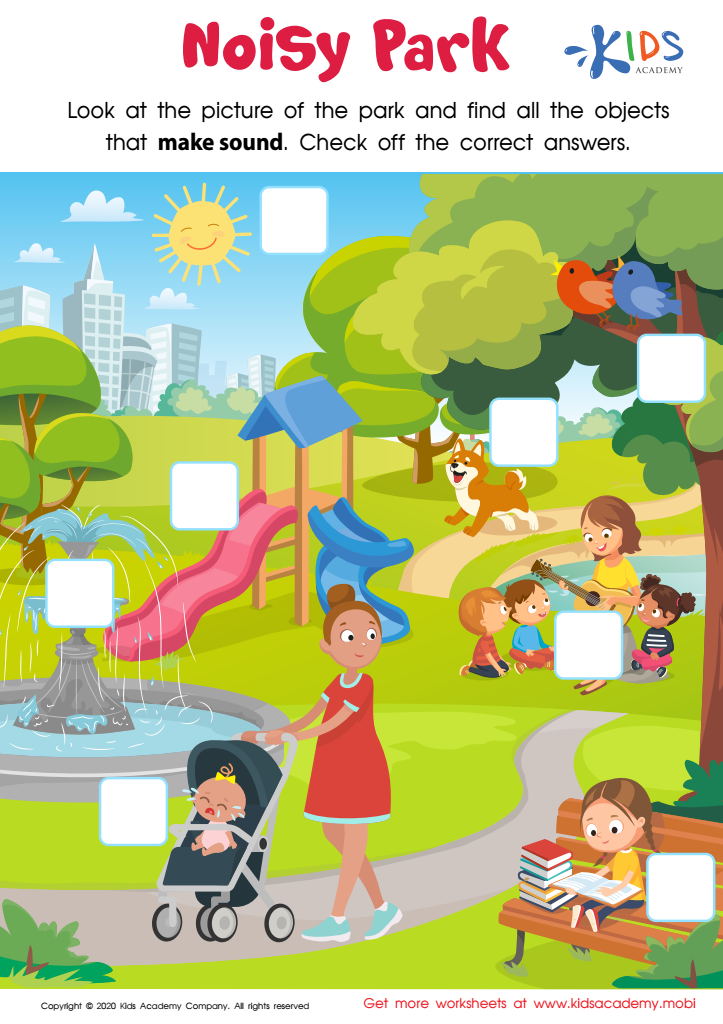

Noisy Park Worksheet
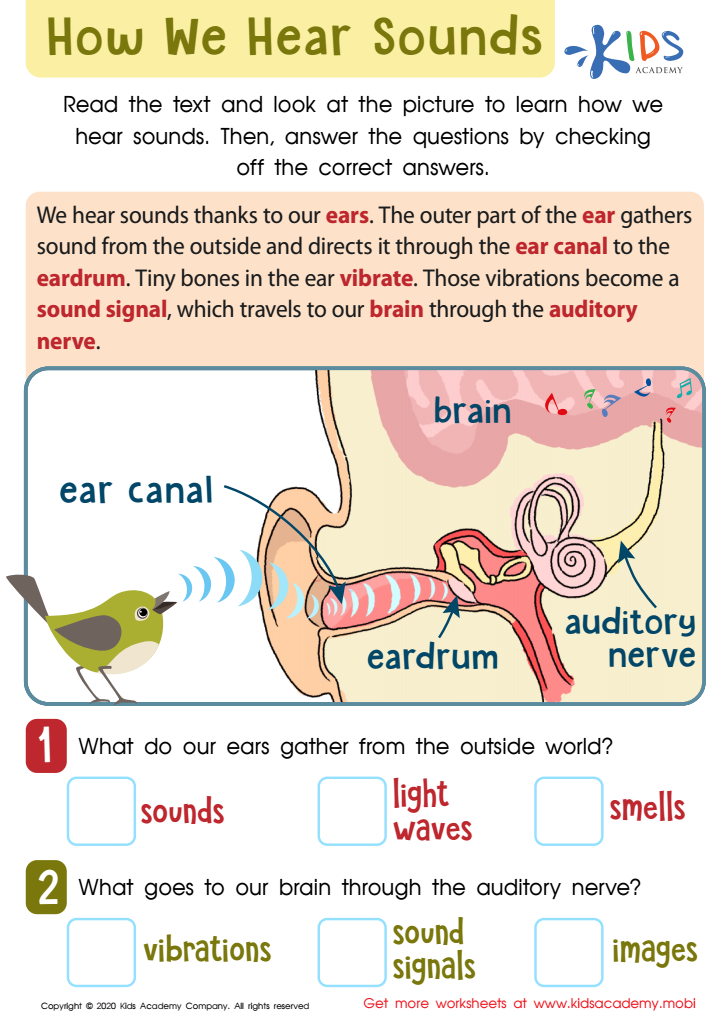

How We Hear Sounds Worksheet
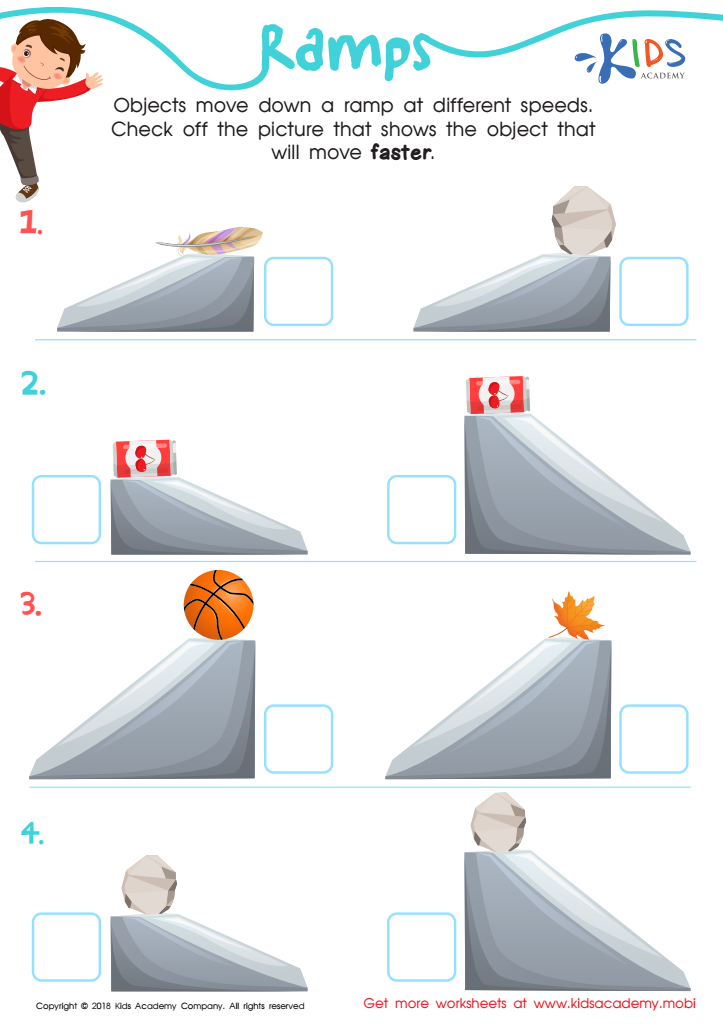

Ramps Worksheet
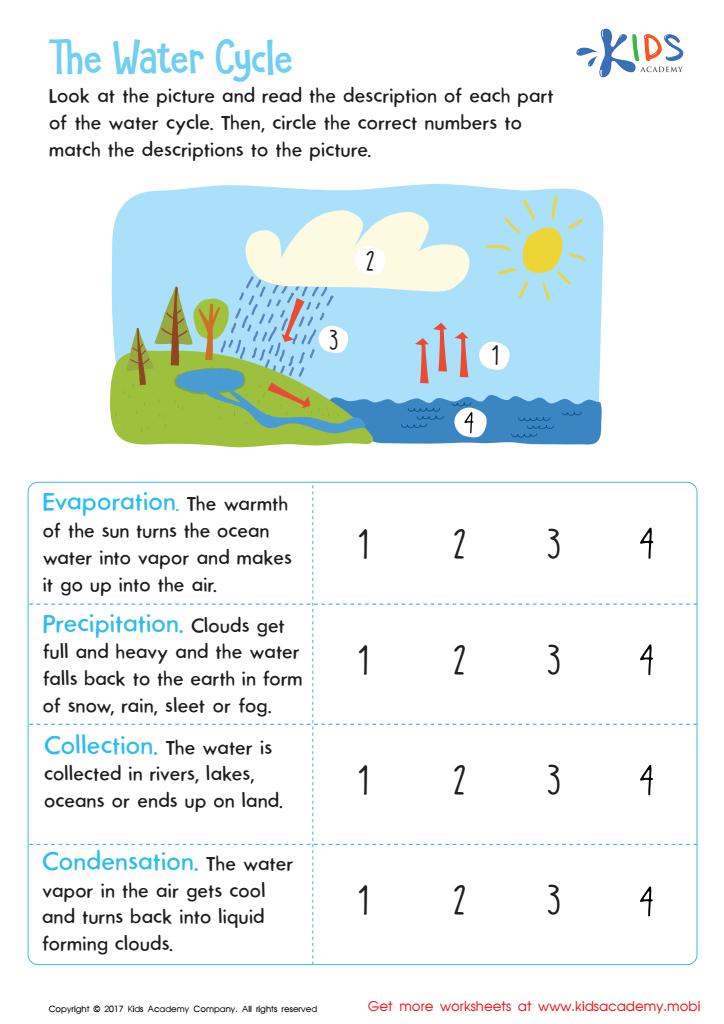

The Water Cycle Worksheet
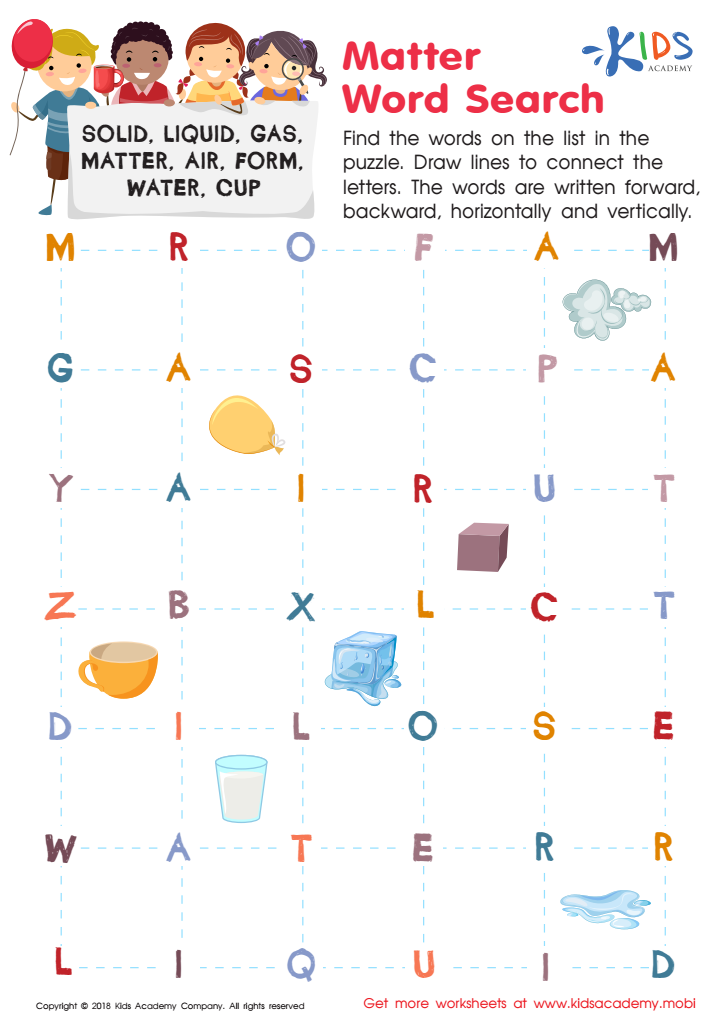

Matter Word Search Worksheet
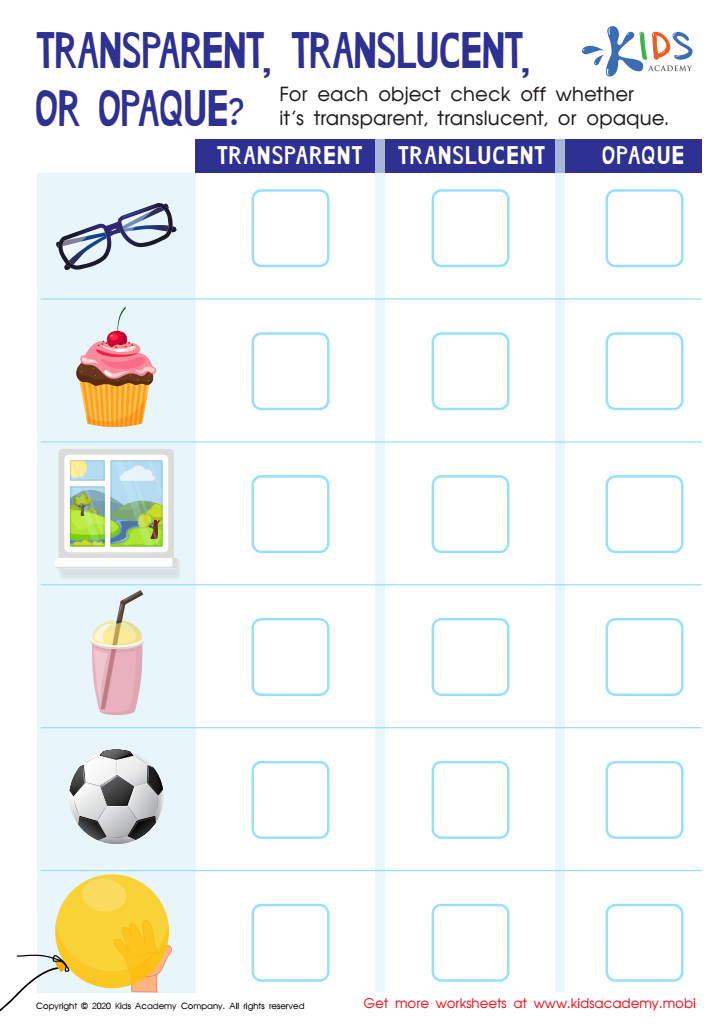

Transparent, Translucent, or Opaque Worksheet
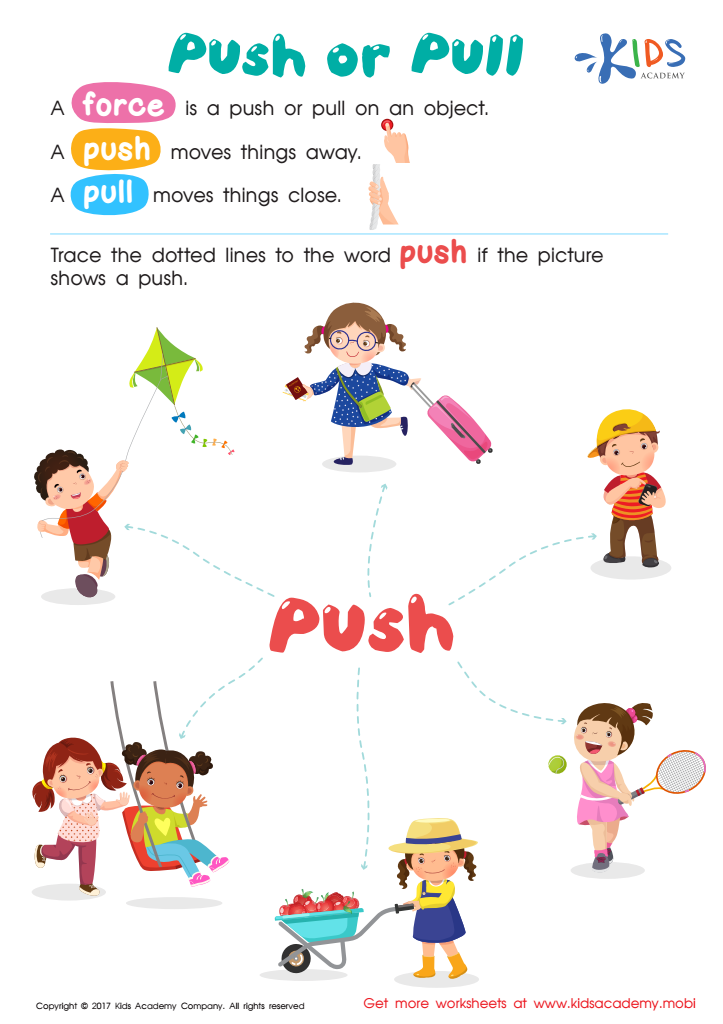

Push or Pull Worksheet
Physical Science for Ages 4-6 is an essential part of early childhood education that lays the foundation for a lifelong curiosity and understanding of the natural world. Worksheets designed specifically for this age group play a crucial role in this learning process. These worksheets are much more than just paper and pencil activities; they are a gateway to exploration, discovery, and critical thinking.
Firstly, Physical Science worksheets for ages 4-6 introduce young learners to basic concepts such as gravity, motion, and the properties of materials in an engaging and age-appropriate manner. Through interactive tasks, children can experiment with these ideas in a hands-on way, fostering a deeper understanding and retention of knowledge.
Secondly, these worksheets are designed to enhance a child’s observational skills. As they work through the activities, they learn to notice details, patterns, and changes, which are fundamental skills in scientific inquiry. This not only aids in their current learning but sets a strong foundation for future scientific exploration.
Moreover, Physical Science worksheets for this age group encourage problem-solving and critical thinking. As children navigate through the exercises, they are challenged to ask questions, predict outcomes, and draw conclusions based on their observations. This cultivates a mindset of curiosity and resilience, important traits for budding scientists.
In conclusion, Physical Science worksheets for Ages 4-6 are invaluable tools in sparking an early interest in science. They provide a structured yet flexible framework for young learners to explore, discover, and make sense of the physical world around them, building a solid foundation for their future educational journey.
 Assign to the classroom
Assign to the classroom

